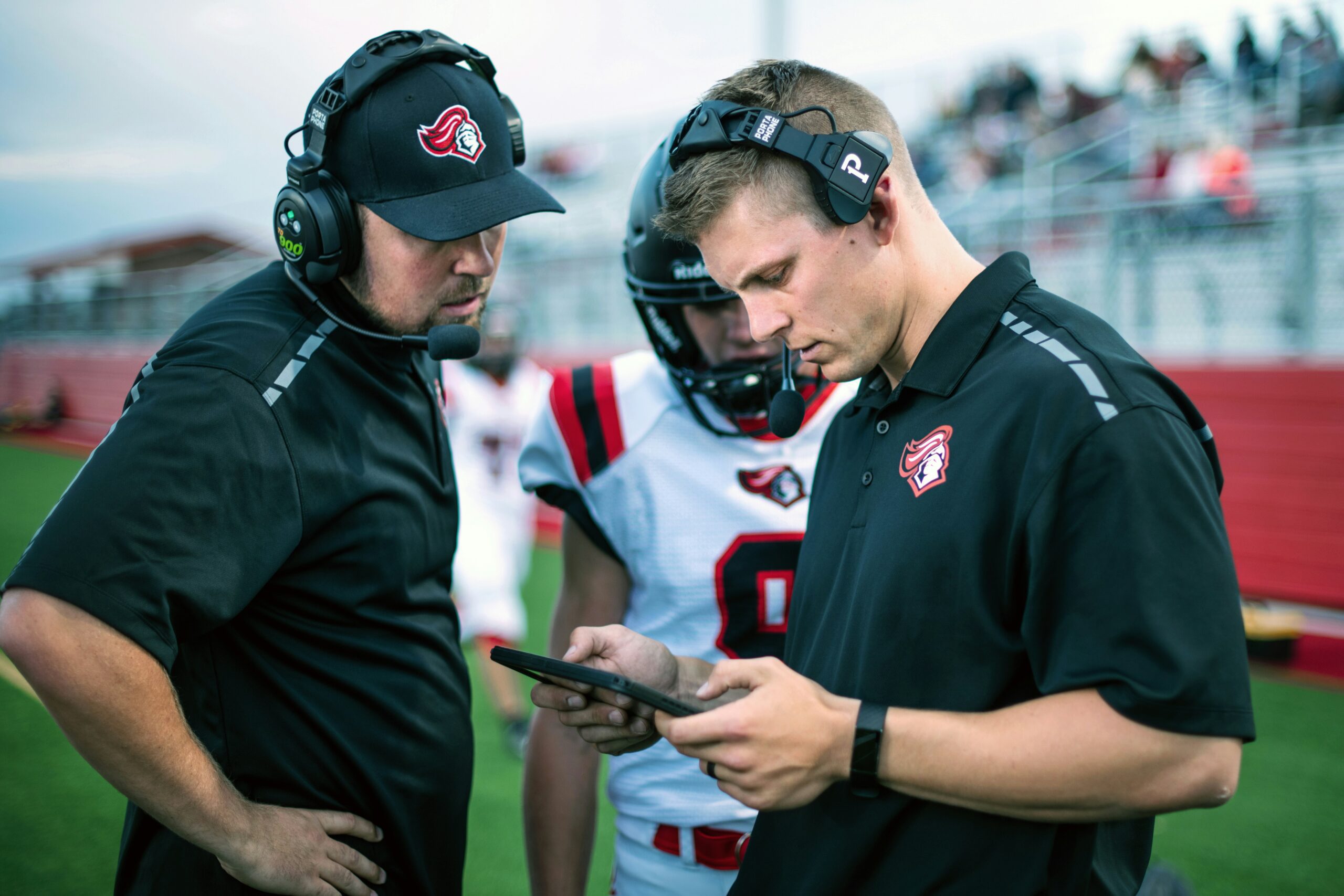

Introduction to the Evolution of Sports and Technology
The intersection of sports and technology has transformed the way we play, watch, and understand athletic competition. Gone are the days when athletes relied solely on grit and instinct; now they have an arsenal of tools at their disposal. From wearable devices that track performance metrics to advanced analytics that inform game strategies, technology is revolutionizing every aspect of modern sports.
Think about it: Whether you’re a weekend warrior or a professional athlete, chances are you’ve experienced this technological shift firsthand. With drones capturing breathtaking aerial shots during games or virtual reality training programs immersing players in lifelike scenarios, innovation is reshaping how we engage with our favorite sports.
But as much as tech enhances our experience—on the field and off—it also raises questions about fairness, authenticity, and even safety. What does this mean for athletes? For fans? The answers might surprise you as we dive deeper into how technology continues to redefine the sporting world today.
How Technology is Used in Different Areas of Sports
Technology has revolutionized various aspects of sports, enhancing both performance and fan experiences.
In training, athletes utilize wearables that track heart rates, sleep patterns, and even hydration levels. This data helps them optimize their routines for peak performance.
On the field or court, video analysis tools provide real-time feedback. Coaches can dissect plays frame-by-frame to strategize better and refine techniques.
Fan engagement has also transformed with apps providing live stats and augmented reality experiences during games. Viewers can dive deep into player statistics while enjoying a seamless experience from home.
Broadcasting technology elevates the viewing experience as well. High-definition cameras capture every angle, while drones offer aerial perspectives that were once unimaginable.
From injury prevention to game strategy enhancement, technology continues to reshape how we perceive sports today. Each advancement brings fresh opportunities for growth in this dynamic landscape.
Controversies Surrounding the Use of Technology in Sports
The integration of technology into sports has sparked heated debates. While many celebrate its potential, others raise ethical concerns.
One major issue is the reliance on video review systems. Decisions that once depended solely on human judgment are now scrutinized through screens. Critics argue this undermines the spirit of the game and slows down play.
Then there’s data analytics, which can create an uneven playing field. Wealthier teams access sophisticated tools, leaving smaller clubs at a disadvantage. This disparity raises questions about fairness and integrity in competition.
Moreover, some view performance-enhancing technologies as crossing a line. Where do we draw the boundary between innovation and cheating?
Fan engagement also faces scrutiny with virtual reality experiences potentially overshadowing live events. The essence of being present may be lost amid high-tech alternatives.
These controversies highlight a complex landscape where tradition meets rapid advancement in sports technology.
The Future of Technology in Sports
The future of technology in sports is vibrant and filled with potential. Emerging innovations promise to redefine how athletes train, compete, and recover.
Wearable devices will evolve beyond tracking steps. They’ll offer real-time data on biometric metrics like heart rate variability and muscle fatigue. This allows for personalized training programs tailored to each athlete’s unique needs.
Virtual reality will also revolutionize the way teams prepare. By simulating game scenarios, players can hone their skills in a controlled environment without physical strain.
Artificial intelligence has begun analyzing vast amounts of performance data. Coaches can make informed decisions about strategies and player health based on predictive analytics.
Fan engagement stands to transform too. Augmented reality experiences could bring fans closer than ever, creating immersive environments that enhance viewing pleasure from anywhere around the globe.
As technology continues its rapid advancement, it raises questions about ethics and fairness while igniting excitement for what lies ahead in the realm of sports.
Case Studies: Real-Life Examples of Technology’s Impact on Sports
One of the most striking examples is the use of VAR (Video Assistant Referee) in soccer. Introduced to enhance decision-making, it has sparked debates among fans and analysts. While some applaud its accuracy, others criticize interruptions during play.
In basketball, player tracking technology offers insights into performance metrics. The NBA employs data collection tools to analyze shooting patterns and defensive strategies, enhancing team tactics.
The NFL utilizes wearable tech for injury prevention. GPS devices monitor players’ movements, providing coaches with vital information on fatigue levels and risk factors.
In tennis, Hawk-Eye systems have transformed how line calls are made. This instant replay technology adds precision while elevating spectator engagement at tournaments worldwide.
Each case demonstrates a shift toward data-driven decisions that reshape athlete training and game strategy dynamics in real-time contexts across various sports disciplines.
The Role of Athletes and Coaches in Embracing Technological Adv
Athletes and coaches play a pivotal role in the integration of technology into sports. Their willingness to adapt and embrace new tools can make or break an organization’s success with tech innovations.
Athletes today have access to data like never before. Wearable technology tracks everything from heart rates to sleep patterns, providing insights that were once unimaginable. This information allows athletes to tailor their training regimens for optimal performance.
Coaches are also capitalizing on technological advancements. Video analysis offers them a chance to dissect gameplay in real time, identifying weaknesses and strengths both individually and as a team. They can create detailed game plans based on extensive analytics, leading teams toward victory.
Yet, this relationship isn’t without its challenges. Some athletes may feel overwhelmed by constant monitoring or pressure to perform at peak levels dictated by data metrics. Coaches must strike a balance between leveraging technology and maintaining the human aspects of coaching.
As these two groups navigate this evolving landscape together, their collaboration will determine how effectively technology integrates into modern sports culture. The future looks bright as innovation continues to shape athleticism—where creativity meets strategy through tech advancements that enhance human potential.
